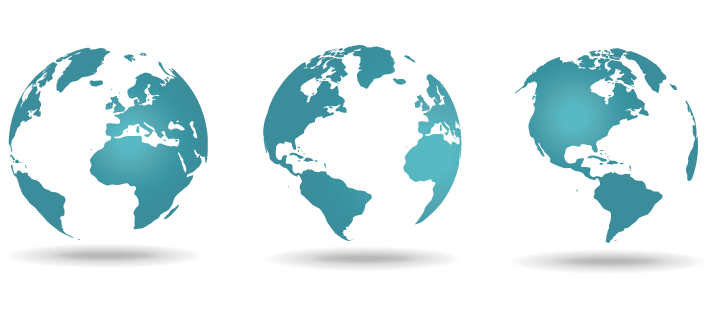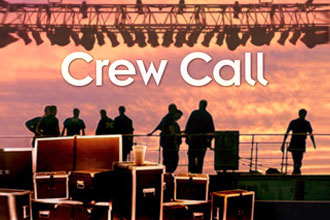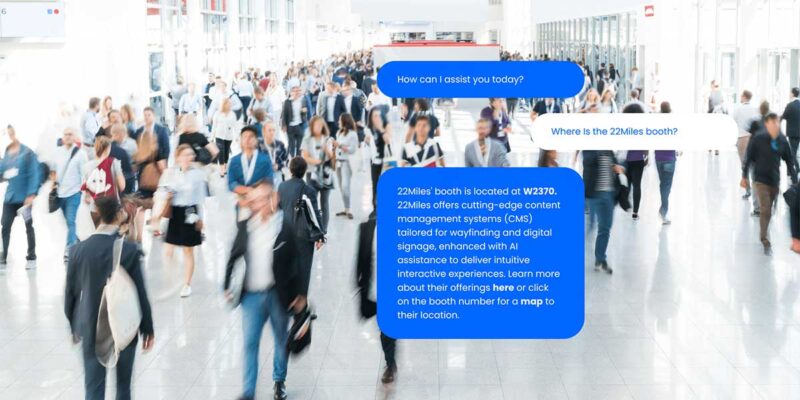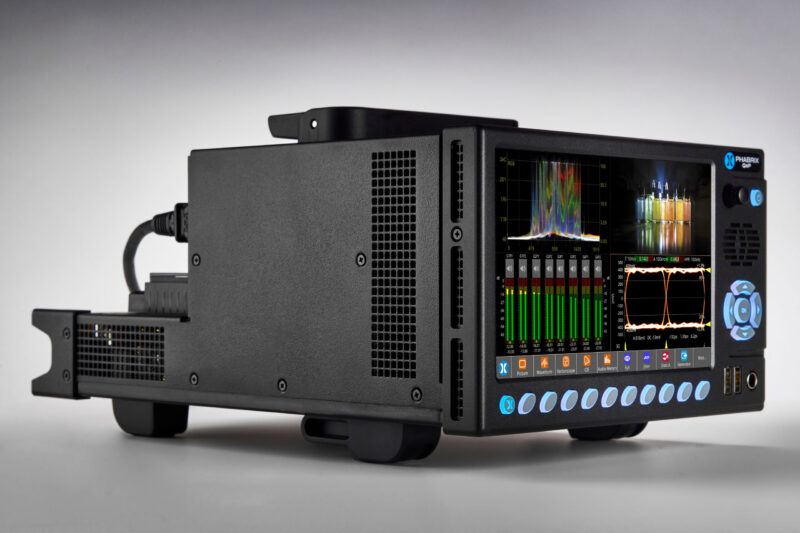Brave New Tradeshow World

Last month, we talked about the changes in trade shows that have come in the digital age, most notably the way we register people for shows now, and the way we tracked their information within the show and afterward. For many years, this has been based around a magstripe card which you allowed employees to scan if you are interested in their product, and wanted more information.
Current changes seem to indicate that the magstripe has largely been replaced by the QR code which can be scanned using a smart phone, tablet, or other device. I believe that this has given rise to a situation in which we are now scanned much more than we used to be, and thus will be receiving even more email and invitations to webinars than we did in the past, Simply because we no longer need to take out our card and hand it to the scanner.
But the best is yet to come.
Now, overlay the new methods of scanning with the age of social media, and we have created a situation in which much more information is now available, quicker than you can say Google. Because the next step in tradeshow identification involves the cross-linking of identity information. And it is going to give tradeshow promoters a whole new level of information to sell.
 Let’s begin with the current method of scanning, involving the use of QR codes with GPS enabled android and iOS devices. Although the tradeshow promoter sells you an application that allows you to locally scan attendees for purposes of sending them information, these same utilities can provide the tradeshow promoter with information of a more global nature about the attendee. For instance, their iOS or android program can also tell the promoter who scanned you, and where you were when you were scanned in relation to the rest of the show. This can actually allow the promoter to track an individual attendee’s movements throughout the show and their concentration of time on particular exhibits or products. This effect would be enhanced even more by the use of RFID rather than scanning, as it would allow a minute by minute map.
Let’s begin with the current method of scanning, involving the use of QR codes with GPS enabled android and iOS devices. Although the tradeshow promoter sells you an application that allows you to locally scan attendees for purposes of sending them information, these same utilities can provide the tradeshow promoter with information of a more global nature about the attendee. For instance, their iOS or android program can also tell the promoter who scanned you, and where you were when you were scanned in relation to the rest of the show. This can actually allow the promoter to track an individual attendee’s movements throughout the show and their concentration of time on particular exhibits or products. This effect would be enhanced even more by the use of RFID rather than scanning, as it would allow a minute by minute map.
This level of identity information can be enhanced by cross-referencing the names to their LinkedIn or Facebook profiles (which many of you may have already noticed has become a question on many show registration forms). This will allow the sale of much more comprehensive information about an individual attendee then they were willing to fill out on their registration form.
Now take the entire idea one step farther, through the use of publicly purchasable facial recognition systems, especially those that harvest names and pictures from publicly available social media such as Facebook or LinkedIn. Now, the well-equipped exhibitor and their tradeshow promoter can begin to track attendees by targeting information as they approach in the aisles. Information about nearby attendees, their sales potential, and their location can now be instantly sent to a rep’s phone on the exhibit floor.
this effect can also be increased, especially in high dollar shows where individual attendee targeting can be even more important, through the tracking and sale of proximity information. What do I mean by this? I have worked on a lot of shows, especially medical shows, where there are 25,000 attendees of whom 1 to 2000 are real targets. Think about professors at medical schools, and prescribing doctors from very large practices or HMOs, mixed in among general attendees. targeting these people can be extremely lucrative, and yet these people because of their importance are difficult to get appointments or time with. The ability to track their time in the show, along with their proximity over time to other people can become highly salable information under some circumstances. Think about this: you are a drug rep who has been trying for a year to get an appointment with Dr. Smith, who won’t give you the time of day. But you note in several shows that Dr. Smith seems to spend a lot of time in proximity with Dr. Jones, who you do know. You could then talk to Dr. Jones about setting you up with Dr. Smith.
So, as you can see from these brief examples, in a world of publicly available information combined cleverly with new methods of tracking attendees, we can begin to get a great deal more information about an attendee. Instead of the little white thermal slips with the name and phone number that we used to get from most tradeshow registration systems, we can actually begin to purchase what amounts to practically a dossier about attendees.
Is this part of Aldous Huxley’s “Brave New World?” In a word, no. Every technique described above has already been tried, at least an experimental fashion, and in several parts of the world have already been used and a few have already been challenged in court. Because of the voluntary nature of the tradeshow information that we submit, most have been upheld as voluntary. Big brother, in the form of information that we already publish about ourselves, is already with us. And as technology such as facial recognition, RFID, and biometrics are reduced in cost and made more practical, we will see a great deal more of it. And, because of the multiple source and combine nature of this type of information, it becomes less obvious and obtrusive the more it is used. Most of the time, these types of techniques can be used without anyone’s awareness.
So, for those of us involved in the show industry, is this good or bad? In my opinion, neither. It simply represents a major change in how information is gathered, and for those who are astute, in how we use it when we get it home. For my part, I have simply become a great deal more aware of the amount of information that is publicly available about me, and how it might be used. From the promotion of bad webinars to the tracking of my personal purchase habits, this information is going to be out there. it’s now up to me how much I publish and how I permit it to be used.





